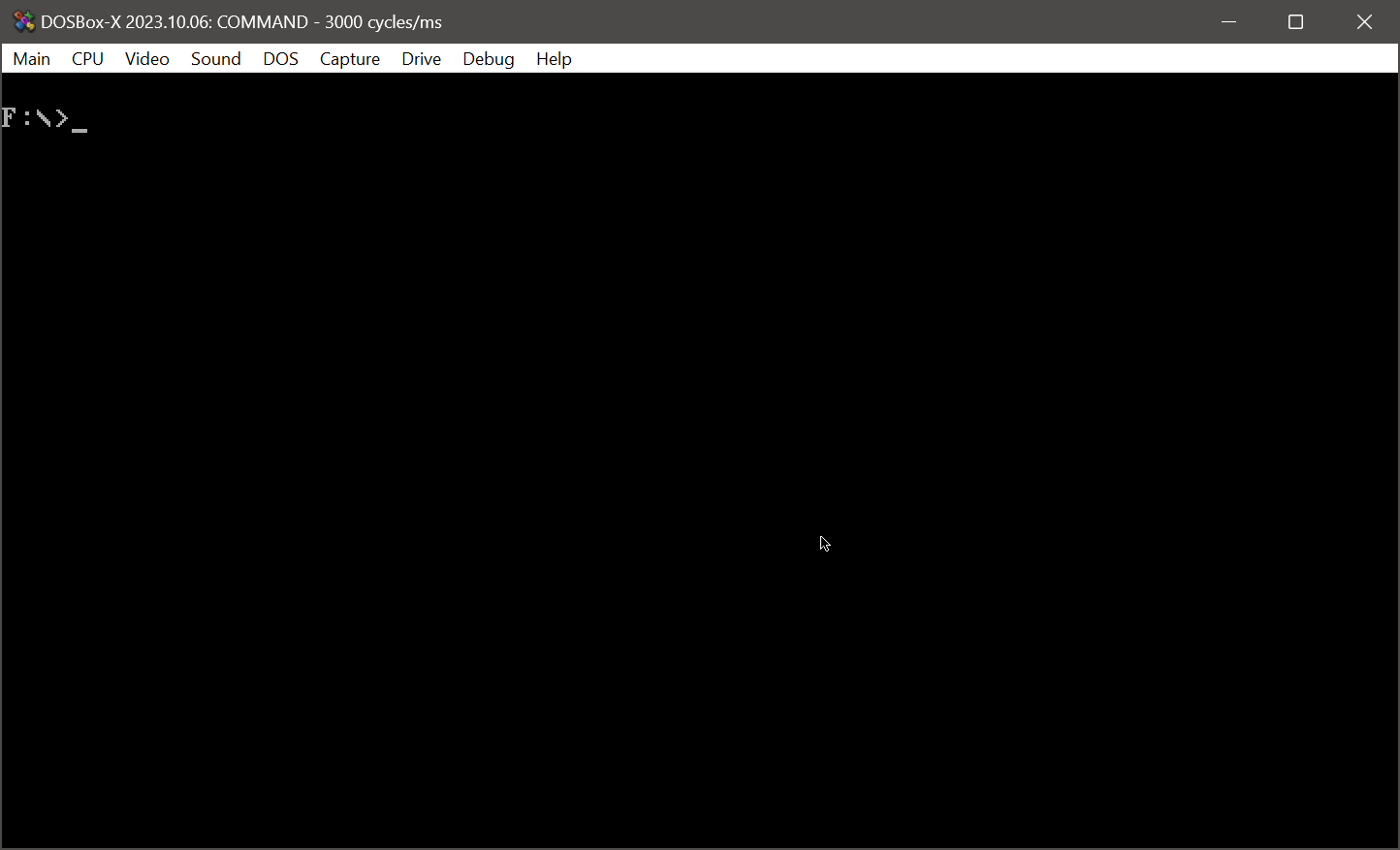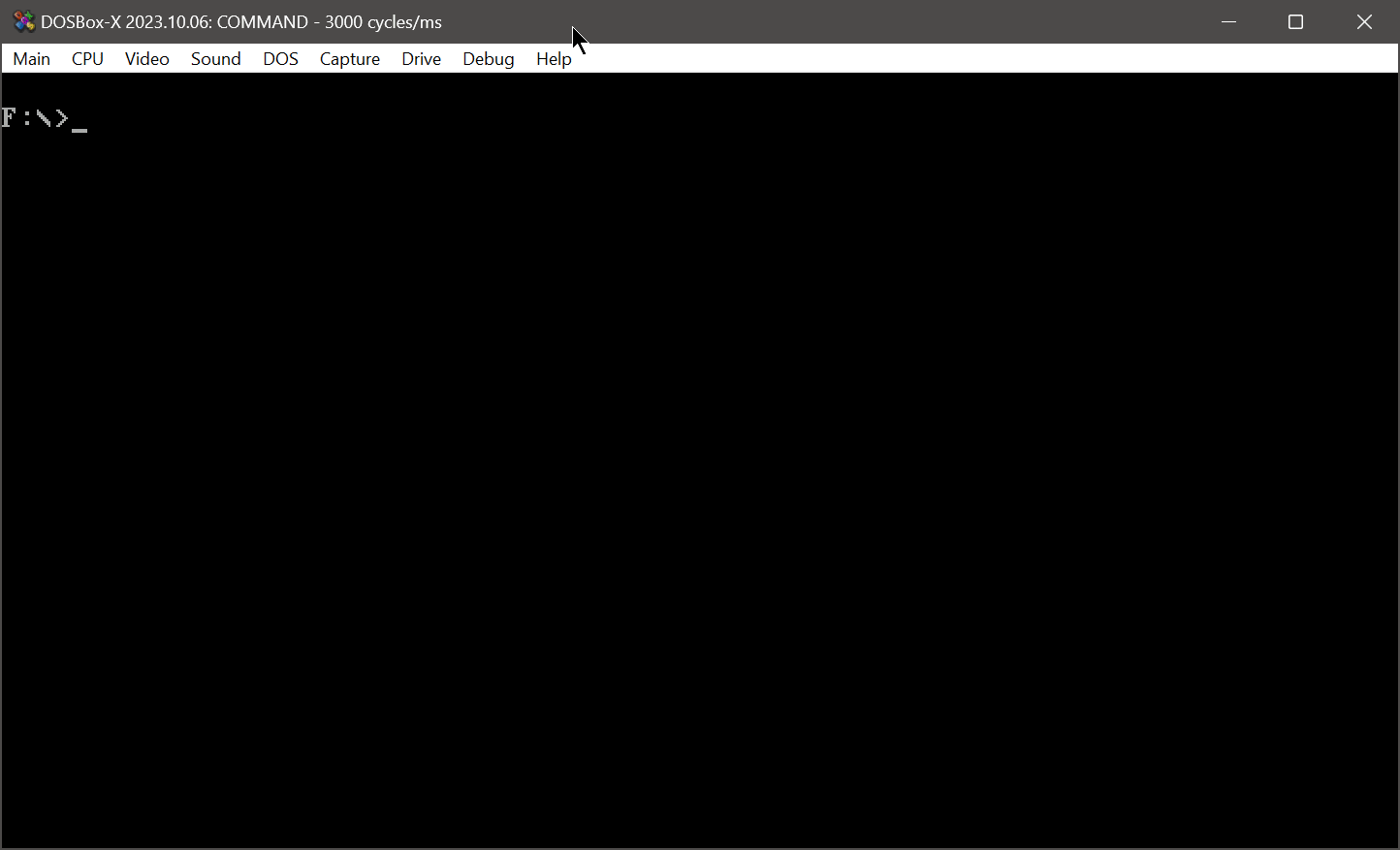First post, by Dice
- Rank
- Newbie
Hello World! I'm currently working on a 3D game engine for DOS and would like to share it with all of you here
This game engine is called ICE as it stands for ISO/C Engine. It is written in C99 with bindings to my unique ISO programming language. Though the bindings are completely optional and you can just use plain C instead.
Screenshots:


Current features:
- SoundBlaster 16 (8 bit unsigned mono audio @ 32KHz)
- 256 mixed samples
- VESA mode 10Dh (320x200x15)
- 256 32 bit texture buffer + Optional Z buffer
- Fixed point triangle rasterization
TODO:
- Covox Speech Thing support
- Mouse support
- Joystick support
- SDL2 backend
This is being built using DJGPP so it can only run in protected mode on Pentium and later processors. Also, I have only tested this in DOSBox and haven't tried it on real hardware yet.
I also plan on implementing an SDL2 backend so games can be ported over to other platforms.
You can find the source and prebuilt binaries here: https://github.com/0x1ED1CE/ICE
I would appreciate any feedback on this!






